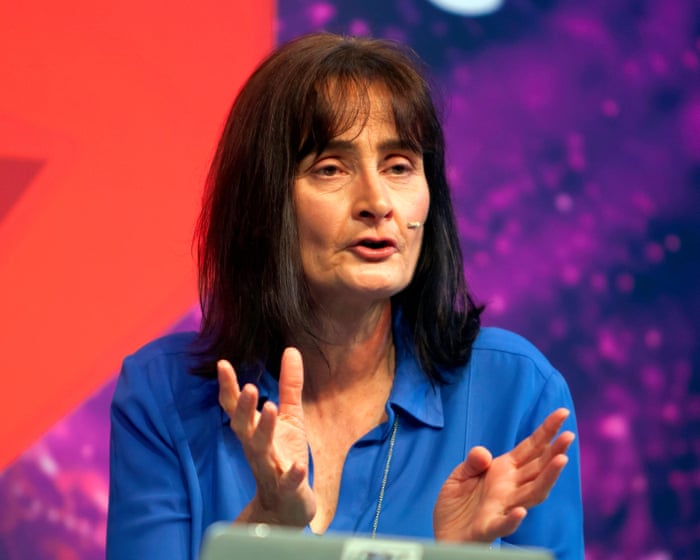A planetary scientist whose research uncovered signs of potential alien life on one of Saturn’s moons has become the first woman appointed as Astronomer Royal.
Professor Michele Dougherty, a renowned space physicist who worked on NASA’s Cassini mission, has been given this prestigious 350-year-old honorary title. Her work on two major space missions led to groundbreaking discoveries, including evidence that Saturn’s moon Enceladus spews water vapor into space—a sign it could harbor life.
Dougherty said she was “absolutely delighted” by the honor. “As a child, I never imagined I’d work on planetary missions and space science, so I can hardly believe I’m taking on this role,” she said. “I look forward to showing the public how exciting astronomy is and how it impacts our daily lives.”
The position of Astronomer Royal dates back to 1675, originally created to solve the problem of measuring longitude at sea. The outgoing holder, Martin Rees, is stepping down.
Speaking to BBC Radio 4’s Today program, Dougherty said: “I’ve always wanted to earn roles based on my work, not my gender. But if seeing someone like me in this position inspires young girls to dream big—even about things that seem intimidating—then I’ll have achieved something meaningful.”
She will balance this role with her current positions as head of the Science and Technology Facilities Council, incoming president of the Institute of Physics, and professor of space physics at Imperial College London.
Dougherty expressed concerns about science funding, saying, “Global uncertainty makes it vital for the UK to clearly explain why research matters to our economy and wellbeing.” Her main goal as Astronomer Royal will be to engage people with science and its real-world impact.
Born in South Africa to English and Irish parents, Dougherty, 62, developed her passion for astronomy early. At age 10, she helped her father build a telescope. “My first glimpse of Jupiter’s moons and Saturn’s rings was through that telescope,” she recalled.
Her expertise lies in designing instruments to measure magnetic fields in space for NASA and ESA missions. In 2005, she spotted a small irregularity in Cassini’s data during a flyby of Enceladus, hinting at an unexpected atmosphere. Her persistence led NASA to redirect the probe for a closer look.
“I barely slept before that second flyby,” she told The Times. “If we’d found nothing, my credibility would’ve been ruined. Instead, we discovered water plumes erupting from the moon’s south pole.”
Enceladus is now considered one of the most promising places to search for extraterrestrial life in our solar system.Some of the most promising places to search for alien life are in our solar system. Michele Dougherty has created instruments to explore these possibilities, including a magnetometer currently traveling aboard the European Space Agency’s Juice mission to Jupiter. The spacecraft, which launched two years ago on an eight-year journey, will study Ganymede – the solar system’s largest moon (even bigger than Mercury) and the only moon known to have a rotating core. Scientists hope to find evidence of a hidden global ocean beneath its surface.
Dougherty’s career spans decades of space exploration. She began working on NASA’s Cassini mission in 1992, which studied Saturn until 2017. Since 2008, she’s been involved with the Juice mission, which will arrive at Jupiter in 2031 and operate until 2035.
The UK government’s Chief Scientific Adviser, Professor Dame Angela McLean, praised Dougherty’s appointment as Astronomer Royal: “Heartfelt congratulations to Professor Michele Dougherty on this well-deserved honor. This recognition reflects her exceptional contributions and lifelong dedication to astronomy.”




